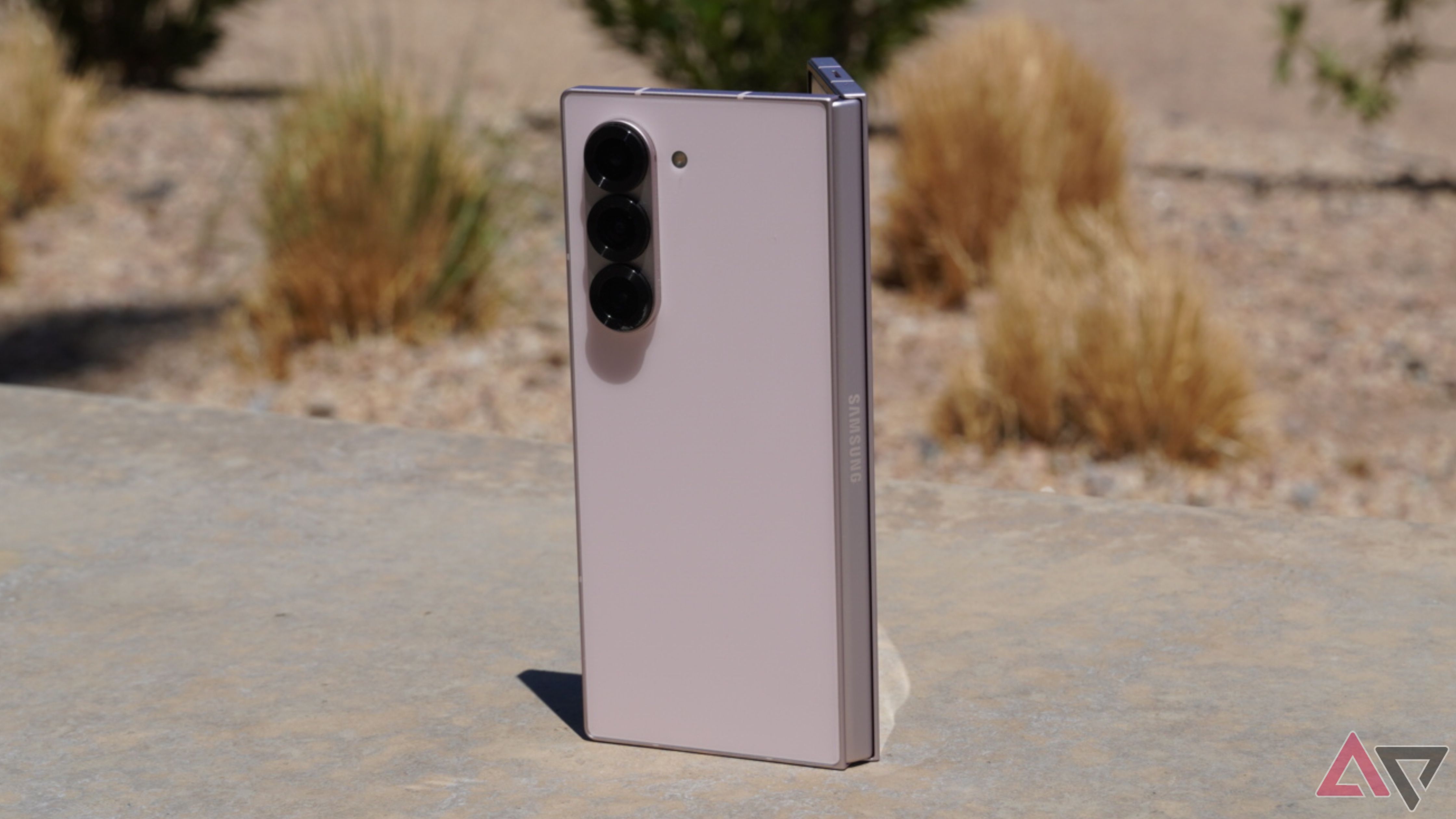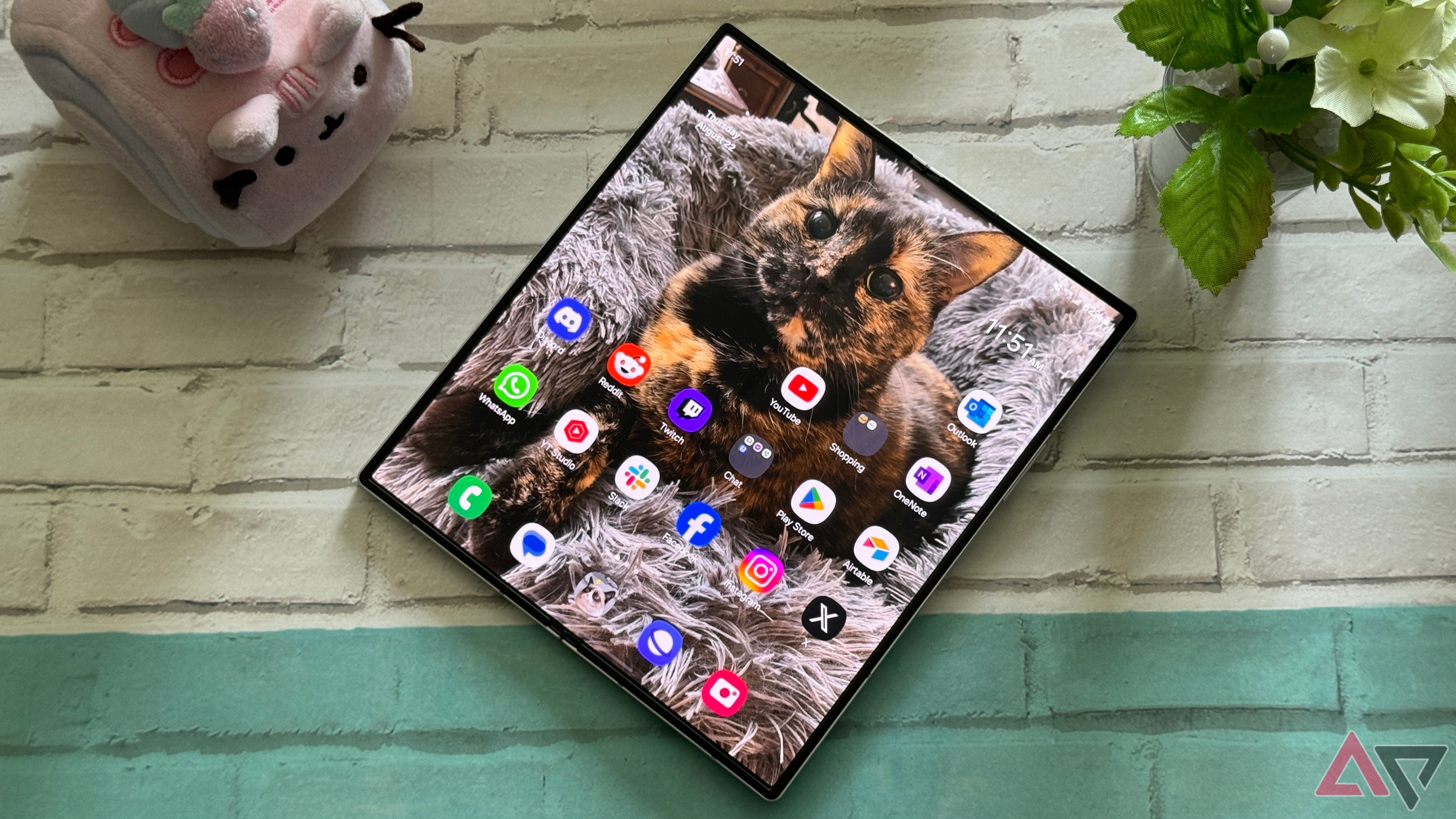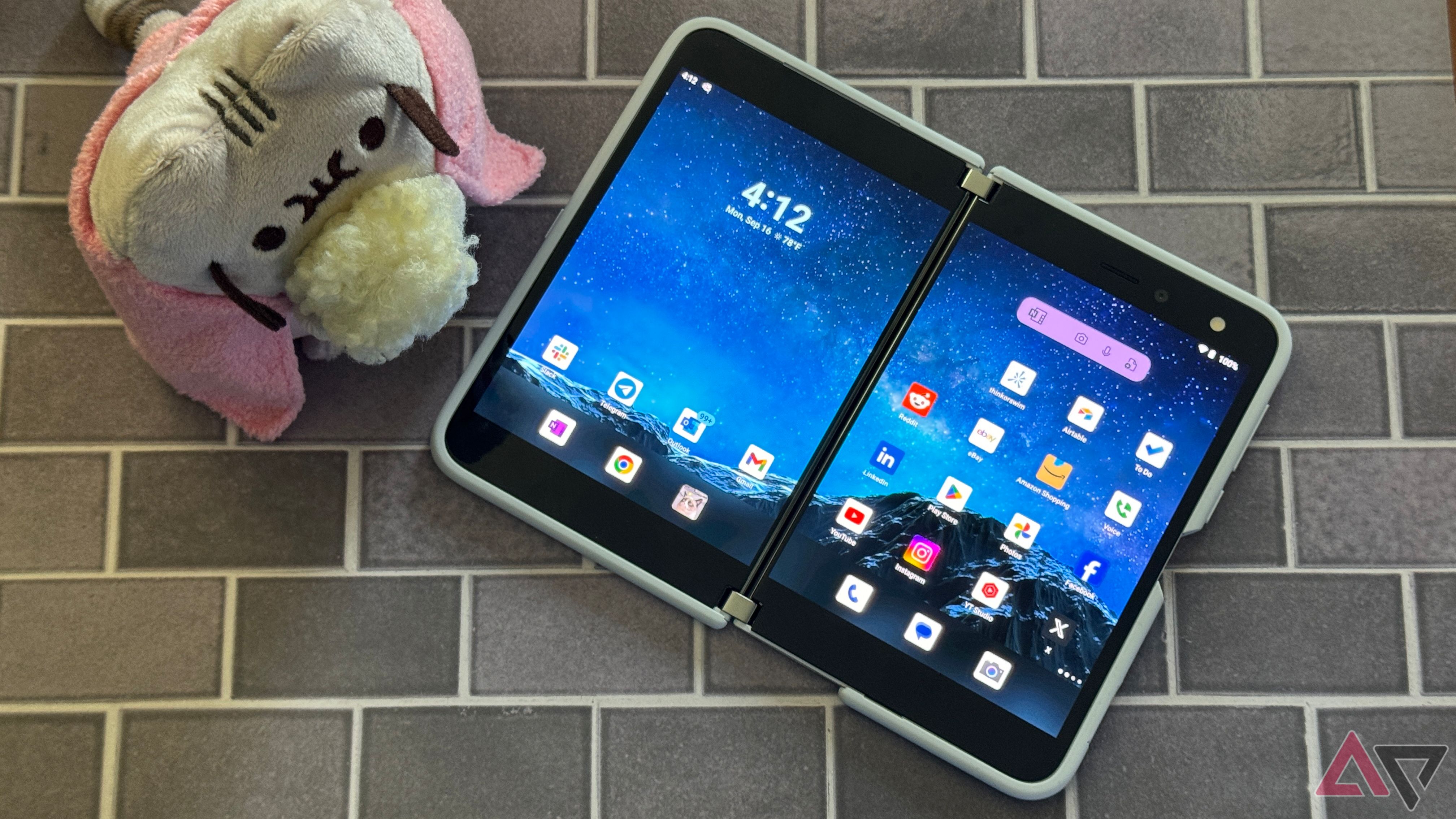
Weak Galaxy Z Fold 6 sales aren’t just a Samsung problem
Samsung Galaxy Z Fold 6 sales are down from last year, off about 10% from the Galaxy Z Fold 5. It’s easy to blame Samsung’s lackluster updates for the decline, but it’s not like the Z Fold 5 was an exciting installment. I’m sure successive boring updates are part of the problem, but I think soft sales result from a larger issue beyond Samsung.
I’ve seen one larger folding phone in the wild in the six years since the original Galaxy Z Fold. The reaction is the same every time I show someone a new foldable: people are initially excited and think it’s cool, but they have little motivation to buy one. Of course, there will be sticker shock with a phone costing nearly $2,000, but I think people avoid folding phones for other reasons.
It’s not a fundamentally different experience
Phones are already pretty large
If it were 2017 and devices still had 5-inch displays, I could see the appeal of a folding phone. However, the Samsung Galaxy S24 Ultra and Google Pixel 9 Pro XL sport 6.8-inch panels, and the new Apple iPhone 16 Pro Max stretches to 6.9-inches, providing plenty of multitasking space. The size difference isn’t dramatic when I place my Galaxy S24 Ultra over my unfolded Galaxy Z Fold 6.
In addition, watching movies and videos is a better experience on my Galaxy S24 Ultra. I also hate the way gaming feels on the Galaxy Z Fold 6, with my fingers frantically sliding against the plastic screen protector. Simply having a larger display is not the slam dunk feature it used to be, and the Galaxy Z Fold 6 has less appeal because of it.
Folding phones haven’t closed the value gap
There has to be a reason to spend more money
I talked earlier about price, and I can absolutely see a $2,000 wallet hit keeping customers at bay. However, there would be more takers if folding phones like the Galaxy Z Fold 6 justified their worth. Manufacturers have done a poor job closing the value gap; folding phones are less durable and heavier, and they take up more space in your pocket, often with camera sacrifices. So why would we pay more for the privilege?
I’m an enthusiast, so folding phones excite me, but I recognize the need for these phones to feel like more than just larger slab phones. Folding devices need to be their own class of smartphones, different from anything else you can carry around in your pocket — and it starts with multitasking.
If you’re going to be different, be different
Lean into the strengths of a folding form factor
For all its flaws, the Microsoft Surface Duo gave us a significantly different experience. Multitasking on it was brilliant, as I could enjoy apps in various orientations and change app pairs on the fly. I haven’t seen that from other manufacturers with folding phones since. Open Canvas on the OnePlus Open is a step in the right direction, but manufacturers must be bold with their software to move the needle.
Companies like Google and Samsung need to take software a step further. We focus too much on folding devices being a large smartphone experience instead of the dynamic hybrid experience they could be. We have the benefits of a regular smartphone and a tablet with mobile connectivity in our pocket. I’d love to see an AR experience that takes advantage of both.
Why wear bulky glasses when we can take our Galaxy Z Fold 6 out of our pocket, unfold it, and see an AR overlay of an entire street? Information for restaurants, reviews, everything on full display for us to see.
There’s a place for folding phones, we just have to find it
If Samsung wants sales of the Galaxy Z Fold series to improve, it must address fundamental issues hindering mainstream adoption. Flashy new designs from overseas might temporarily stem the tide, but, eventually, folding phones will suffer if we don’t see some exciting software enhancements that unlock the full potential of foldables.






